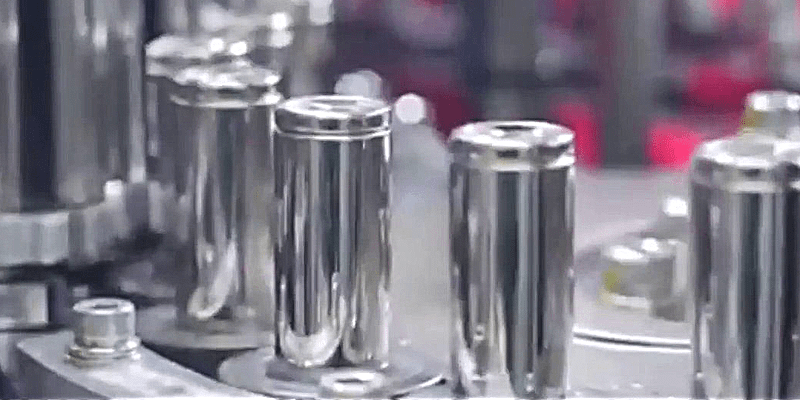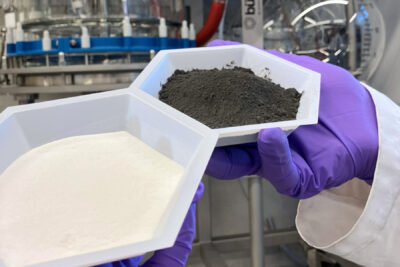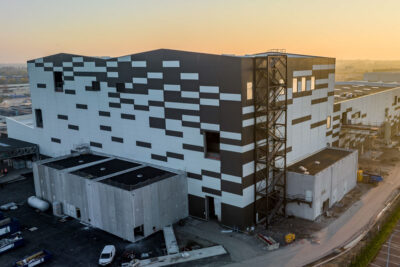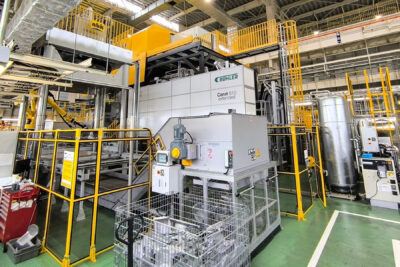New Tesla battery to break 100$/kWh barrier; CATL involved
Reuters claims to have more details about Tesla’s battery cell plans. The announced “million-mile” battery is expected to come in early 2021 at the latest and may break the 100$/kWh barrier. Plus, Tesla now thinks in “terrafactories”.
++ Kindly find an update of this article below. ++
The news agency relies on “people familiar with the plans” that have deliberated more details on Tesla’s battery cell making plans. According to Reuters, the new batteries promise a million miles of use at such low cost it would bring the price of electric vehicle on par with ICEs – a milestone the industry has long been aiming for. Analysts expect this to be the price-turning-point at which mass adoption of electric vehicles is inevitable. A New York Times report in September 2019 suggested that Volkswagen had already achieved this with its ID.3 electric car.
Now for Tesla, these wondrous cells were apparently developed together with CATL and unnamed experts. They are most likely the team around Jeff Dahn who has been working on project Roadrunner for some time now, only CATL’s involvement is new. It makes sense, however, as CATL has the battery cell manufacturing capabilities. It also shines a brighter light on Tesla planning its battery cell production, as presumed. CATL CEO Zhou Jia recently confirmed that Elon Musk had told him about the plans. He also said, “currently, both parties are together exploring how to make batteries better.”
The 100$/kWh or million-mile battery is said to rely on NMC chemistry with little cobalt. While first versions are destined for the China-made Teslas apparently, it is unclear which models would benefit from the new cells. Reuters sources say that eventually improved versions of the battery, with higher energy density and storage capacity and even lower cost, will be introduced in additional vehicles in other markets, including North America. Tesla and CATL refrained from commenting.
Is CATL making LFP cells for less than 60$/kWh?
CATL is reportedly expected to deliver the cobalt-free LFP cells for the Model 3 Standard Range made in China to Tesla already in the course of this year. Reuters, however, claims to have learnt that costs for these cells have already fallen to below 80 $/kWh at battery pack level and below 60 $/kWh at the cell level. Advances are said to rely on a cell-to-pack method developed by CATL, that eliminates the step of bundling cells. Tesla is expected to use the technology to help reduce battery weight, and cost says Reuters.
Plans also include highly automated battery manufacturing processes to reduce labour costs and increase production. Tesla is now speaking of “terrafactories” about 30 times larger than Gigafactory 1 in Nevada, says the news agency. It is indeed expected that Tesla is planning to set up its battery production, as mentioned above. Besides, the company recently ordered battery making equipment. However, nothing has been confirmed on the scale of any such cell factory. Still, Tesla boss Elon Musk set the tone with investors in January saying: “We’ve got to really make sure we get a very steep ramp in battery production and continue to improve the cost per kilowatt-hour of the batteries — this is very fundamental and extremely difficult.” He added: “We’ve got to scale battery production to crazy levels that people cannot even fathom today.”
In further news from Reuters, Tesla also plans to become an energy supplier relying on its global fleet of more than 1 million electric vehicles that are capable of connecting to and sharing power with the grid. According to the sources, Tesla’s goal is to achieve the status of a power company. It would not be too surprising – the transition to sustainable energy is a goal that has been part of the revised company mission since Tesla added SolarCity to its business in 2017.
Update 17 May 2020: Elon Musk just postponed the Tesla Battery Day initially envisioned to happen later this May. On Twitter he blames the delay less on the company not being ready but on low attendance of live events at the present moment. Says Musk: “We’re going to have to push out the date or attendance will be very low. Maybe do in two parts: webcast next month & in-person event a few months later?”





1 Comment